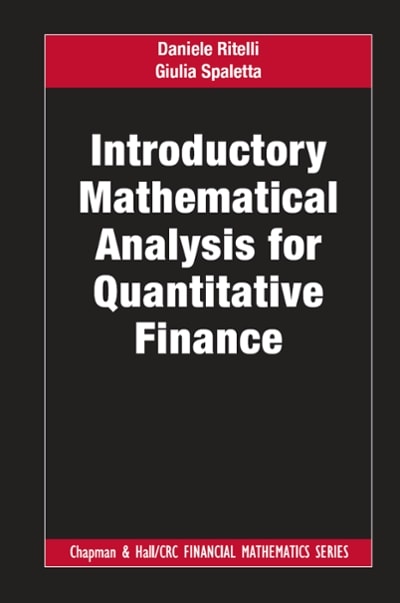Question
Question: Airlines constantly monitor the booking curve for each flight of their network. Simply put, a booking curve is the time-phased trajectory of the bookings.
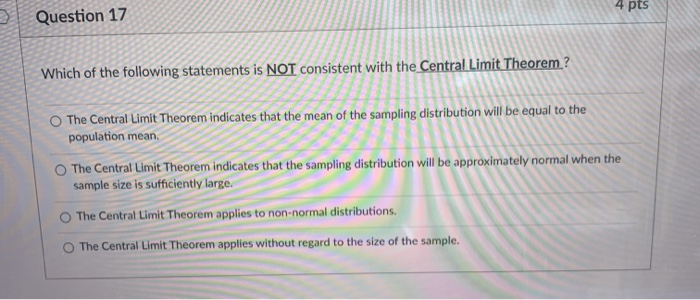
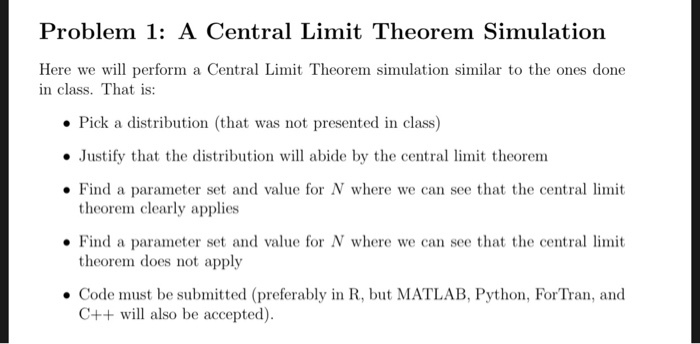
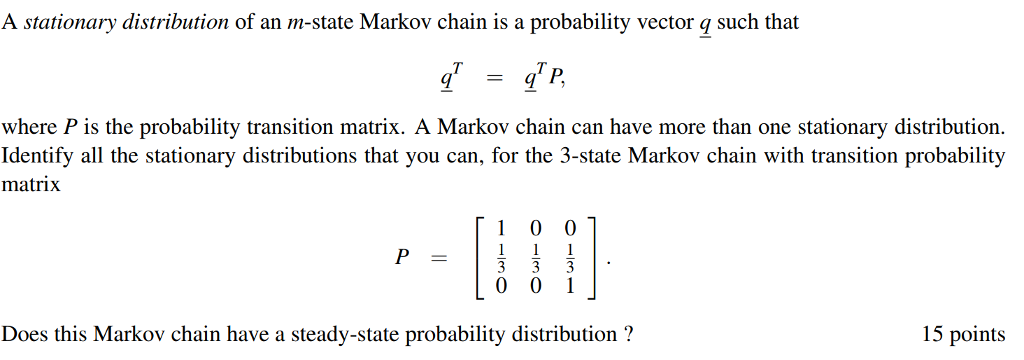
Question:
Airlines constantly monitor the "booking curve" for each flight of their network. Simply put, a booking curve is the time-phased trajectory of the bookings. From one day to the next, bookings follow the following simple relationship:
??+1 = (?? + ??+1) ? (1 ? ?)
where,
??= Total bookings at the end of day i
?? = Incremental bookings that come in on day i
? = Cancellation Rate
For a certain flight an airline operates a plane with 200 seats. Currently it has a total of 160 bookings (?0). It estimates the daily (incremental) bookings to follow a normal distribution with mean = 8 and std deviation = 2. It also estimates its daily cancellation rate to be 4%
(i) What will the total bookings be at the end of ten days?
(ii) The airline has a stated goal of keeping the probability of denied boarding to be no more than 1%. Will this flight satisfy that corporate objective? [Assume there are no transactions (bookings or cancellations) after the end of ten days.]
[Run 1000 iterations. Save results so that grader can check values from your runs]

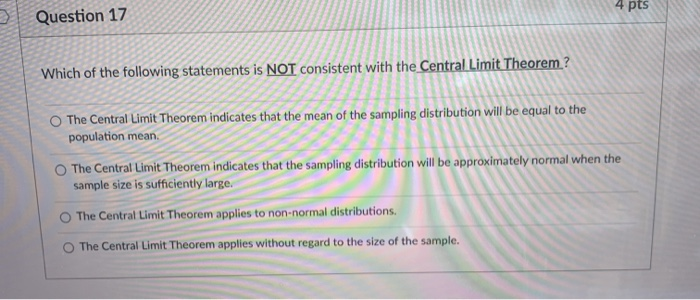
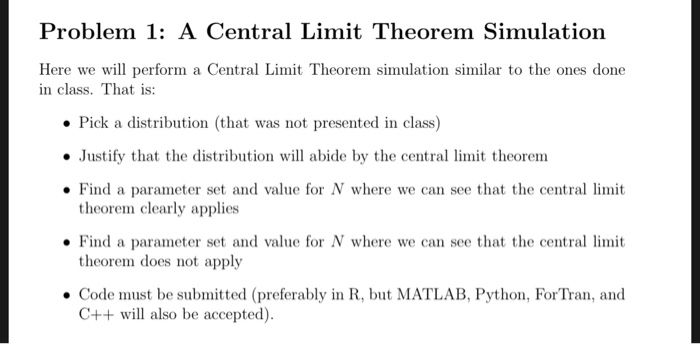
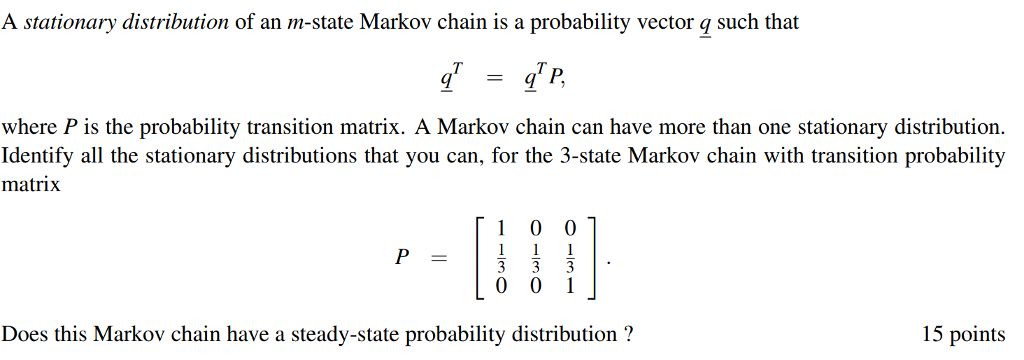
Step by Step Solution
There are 3 Steps involved in it
Step: 1

Get Instant Access to Expert-Tailored Solutions
See step-by-step solutions with expert insights and AI powered tools for academic success
Step: 2

Step: 3

Ace Your Homework with AI
Get the answers you need in no time with our AI-driven, step-by-step assistance
Get Started


